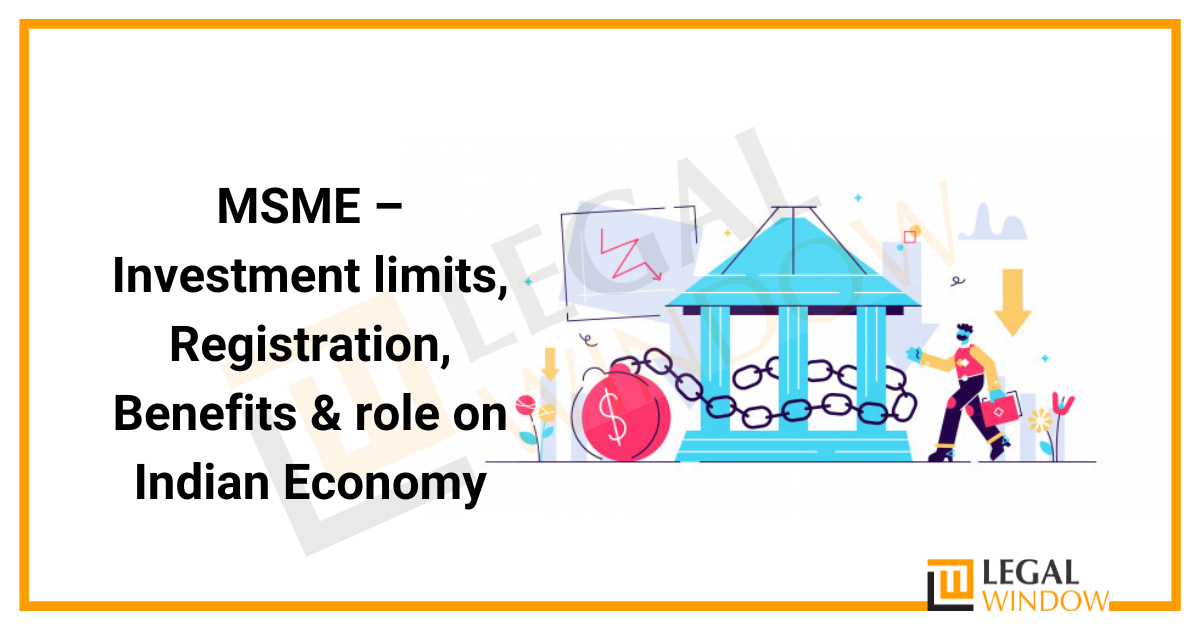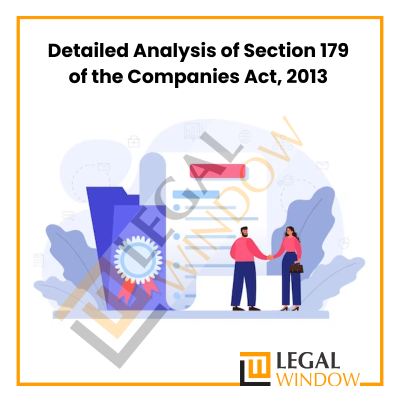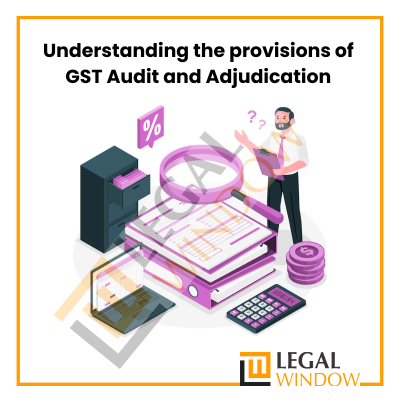MSME – Investment limits, Registration, Benefits & role on Indian Economy
- September 13, 2021
- Miscellaneous

The backbone of the economy lies with the Micro, Small and Medium Enterprises known as MSME in short. Currently, there are nearly 6.3 crore MSMEs in India according to the latest Ministry data in 2021. These enterprises contribute nearly 29% of the country’s GDP. MSME was introduced in 2006 and has become a mass employment generator. Since its inception, the domain of MSME is increasing and there has been a need to redefine it with the growing market.
On 1st July 2020, The Ministry redefined Micro, small and medium enterprise depending on the manufacturing and services units. After the amendment, there is no difference between the manufacturing and service sectors. This reclassification depends on the investment and turnover of the company.
Here in this article, we will discuss about MSME, the MSME investment limits, Registration procedure, and much more.
Redefinition of MSMEs
The MSME scheme aims at providing benefits to the small entrepreneurs and boosts their business. The government provides loans to the new entrepreneurs for setting up their businesses.
In 2020 the government redefined MSMEs on the basis of turnover limits and MSME investment limits in plant and machinery. Similar limitations are applicable for manufacturing and service enterprises.
This new definition depends on the net investment in the plants and machinery. It also depends on the net turnover.
The 2020 Notification and The MSMED Amendment Bill, 2018
The Micro, Small, and Medium Enterprises Development Act, 2006 facilitates the development of MSMEs in India. Over the period of time, the government felt it was necessary to change the classification according to the current development in the Indian economy. Therefore the government in 2018 has come up with turnover-based classification. It promotes the ease of doing business and gives a transparent classification. The Micro, Small, and Medium Enterprises Development (Amendment) Bill, 2018 classifies and regulates the MSMEs.
This Bill gives a uniform classification and all the MSMEs whether they deal with manufacturing or service are classified according to annual turnover. The Bill seeks to classify micro tiny and village enterprises as small enterprises.
Earlier classification under the Act of 2006, states that the Micro enterprise can invest up to Rs. 25 Lakh towards machinery and Rs. 10 Lakhs towards equipment. A small enterprise can do investment towards plant and machinery with Rs. 25 Lakhs to Rs. 5 Crores and can invest Rs. 10 Lakhs to Rs. 2 crores for equipment. A medium enterprise is a company which invests Rs. 5 crores to Rs. 10 Crores in plants and machinery and Rs. 2 Crore to Rs. 5 Crore
After the reclassification in the Bill of 2018 Amendment, the Micro enterprise is a company having an annual turnover of Rs. 5 crores. A small enterprise has an annual turnover of Rs. 5 crores to Rs. 75 Crore. A Medium enterprise is having an annual turnover of Rs. 75 Crores to 250 Crores.
However, this Bill lapsed with the dissolution of the Lok Sabha. The government via Notification dated 1st June 2020 amended section 7 of the MSMED Act, 2006.
Hence, now the current definition states that a micro enterprise is where the investment in plants and machinery doesn’t exceed Rs. 1 Crores and the annual turnover of the company doesn’t exceed Rs. 5 Crores. A small enterprise is a company where the investments don’t exceed Rs. 10 Crores and the annual turnover does not exceed Rs. 50 Crores. Lastly, a medium enterprise is where the investments are capped at Rs. 50 crore and the turnover should not exceed Rs. 250 Crores.
How do we register MSME in India?
The MSME industry is a labor-intensive industry generating a lot of employment. It has a pivotal role in developing India’s economy. To promote the development of this budding industry the government has come up with The Micro, Small, and Medium Enterprises Development Act, 2006. It regularly facilitates the MSME industry through schemes and subsidies. To avail of the benefits, companies should get MSME Registration.
MSME registration is the easiest form of registration in India. A company qualifying the minimum criteria can apply for Registration. Moreover, one can register via the UDYAM portal. It is not essential to get UDYAM Registration but it is advisable to get the MSME registration. It is a must for companies like LLP, private limited or public limited companies, and partnership firms.
From 1st July 2020, the existing MSMEs and new MSMEs must get UDYAM Registration. It is an online registration. Once the registration is complete, the MSME enterprise gets a UDYAM Registration Certificate.
Important Documents for the MSME Registration
- It is mandatory to submit the Aadhar number for UDYAM Registration.
- The name of the Industry.
- Address along with the bank account details.
- The owner has to submit the self-certified certificate.
- Lastly, the owner has to get the registration number upon filing the application.
MSME Registration is free in India. Furthermore, one just needs the basic documents for registration. In case the enterprise is a Hindu undivided family, the karta’s Aadhar number is given and in the case of a partnership firm, the Aadhar of the managing partner is given.
The procedure of MSME Registration
- Firstly, the applicant has to visit the official website or portal of UDYAM REGISTRATION for MSME registration.
- The applicant has to choose the categories under MSME. In the first category, the entrepreneurs who are new and have not registered themselves as an MSME and those with the EM-II. The second category is of entrepreneurs who have UAM.
Furthermore, we can divide the procedure on the basis of the categories.
Procedure in case of New Entrepreneurs
- If the new entrepreneurs have the EM-II registration, they have to click “For New Entrepreneurs who are not Registered yet as MSME or those with EM-II” on the official website homepage.
- After the applicant clicks the page for registration and fulfills all the details they have to validate and generate OTP. On submission of OTP, the PAN verification page pops up. Registration is done by submission of the Aadhar card number and PAN number.
- The applicant has to enter the type of organization and validate PAN details.
- After verification is complete, the applicant has to furnish personal details and the details of the plant or the industry.
- On submission of all the details and final OTP submission, the registration is successful. The authorities release the UDYAM registration certificate in few days.
Procedure for MSME Registration in case already has UAM
- The applicant who are already having registration needs to click “For those having registration as UAM” or “For those already having registration as UAM through Assisted filing” as shown on the website.
- Once complete, the Udyog Aadhaar Number is submitted, and OTP is given.
- After validating the OTP, the applicant fills in the registration details and the registration details is complete.
Role of MSMEs in the Indian Economy
MSMEs generate the highest growth in an economy by employing 120 million people. It helps in the employment of the middle class and lower class of the society in the rural areas. The Ministry has set the target to increase the GDP by 50% in 2025 and become a 5 Trillion dollar economy.
The growth of the MSME industry gives entrepreneurs the opportunity to create products and boost competition and help in the growth of this sector. It is equally important in driving India to new heights.
Benefits of MSME
MSMEs have low investment requirements and flexible operations. Banks give low-interest rates on loans. These companies can avail a lot of benefits under various promotional schemes of the government. They also have MSME Investment limits which provide better functioning in the Indian society.
The enterprise gets fast approval from the government and gets their certificate or license in no time. Additionally, the government also offers tax benefits and concessions to these MSMEs. The MSMEs also have to liberty to access government tenders and make bids. MSME helps in the development of rural areas with low capital costs and helps in the socio-economic development.
Few Highlights of MSMEs
The government has given a new definition to MSMEs under the Atma Nirbhar Bharat Abhiyan or the Self-Reliant India Scheme of 2020.
- MSMEs can easily get collateral-free loans.
- They are assured a 100% credit guarantee and a moratorium period of 12 months.
- The MSME investment limits were also redefined which cater to the better development of this sector.
- These enterprises have a repayment tenure of 48 months.
The new classification of MSMEs benefits the majority of units in India.
Main elements of MSMEs
- MSME industry caters to the welfare of local artisans and workers by giving them employment. They give credit or support to the banks in India.
- The MSMEs also have a huge role in the development of entrepreneurship.
- This industry is regularly going through an up-gradation process in terms of technology and infrastructure.
- Lastly, they support innovation and intervention and promote product development.
MSME schemes
Some of the schemes benefiting MSMEs are as follows-
- The Prime Minister Employment Generation Programme(PMEGP)
- Credit Guarantee Trust Fund for Micro & Small Enterprises (CGTMSE) and Interest Subsidy Eligibility Certificate (ISEC)
- There are various schemes for the promotion and development of khadi and coir industries like the Market Promotion & Development Scheme (MPDA) and Coir Vikas Yojana (CVY)
- The government also gives financial support to these enterprises through ZED certification scheme.
- The authorities also have a scheme for the sole purpose of promoting Innovation, Rural Industry & Entrepreneurship (ASPIRE)
- National Manufacturing Competitiveness Programme (NMCP) is there for the assistance in technology up-gradation, marketing assistance, and entrepreneurial and managerial development.
- The government also has schemes for building awareness on IPR.
- Marketing promotion schemes are also available to MSMEs.
- Lastly, the government has an entrepreneurship and skill development plan for the better growth of the industry.
Conclusion
Over the past few decades, MSMEs have seen a drastic growth paradigm. They foster entrepreneurship and add a major portion to the GDP of India. The MSME industry supports the Indian economy to a massive extent with the new MSME investment limits. It acts as a defense mechanism against economic meltdown. Hence, we can say that the boost in the economy is by silent players in the MSME sector. Therefore the government launches initiatives for the development and growth of this sector.
LegalWindow.in is a professional technology driven platform of multidisciplined experts like CA/CS/Lawyers spanning with an aim to provide concrete solution to individuals, start-ups and other business organisation by maximising their growth at an affordable cost. Our team offers expertise solutions in various fields that include Corporate Laws, Direct Taxations, GST Matters, IP Registrations and other Legal Affairs.
Categories
- Agreement Drafting (23)
- Annual Compliance (11)
- Change in Business (36)
- Company Law (148)
- Compliance (89)
- Digital Banking (3)
- Drug License (3)
- FEMA (17)
- Finance Company (42)
- Foreign Taxation (6)
- FSSAI License/Registration (14)
- GST (118)
- Hallmark Registration (1)
- Income Tax (199)
- Latest News (34)
- Miscellaneous (164)
- NBFC Registration (8)
- NGO (14)
- SEBI Registration (6)
- Section 8 Company (7)
- Start and manage a business (20)
- Startup/ Registration (126)
- Trademark Registration/IPR (40)
Recent Posts
- Detailed Analysis of Section 179 of the Companies Act, 2013 April 24, 2024
- Maximise Your Tax Savings: Power of Form 12BB April 23, 2024
- Cryptocurrency startups and Regulatory compliance April 22, 2024
About us
LegalWindow.in is a professional technology driven platform of multidisciplined experts like CA/CS/Lawyers spanning with an aim to provide concrete solution to individuals, start-ups and other business organisation by maximising their growth at an affordable cost.








